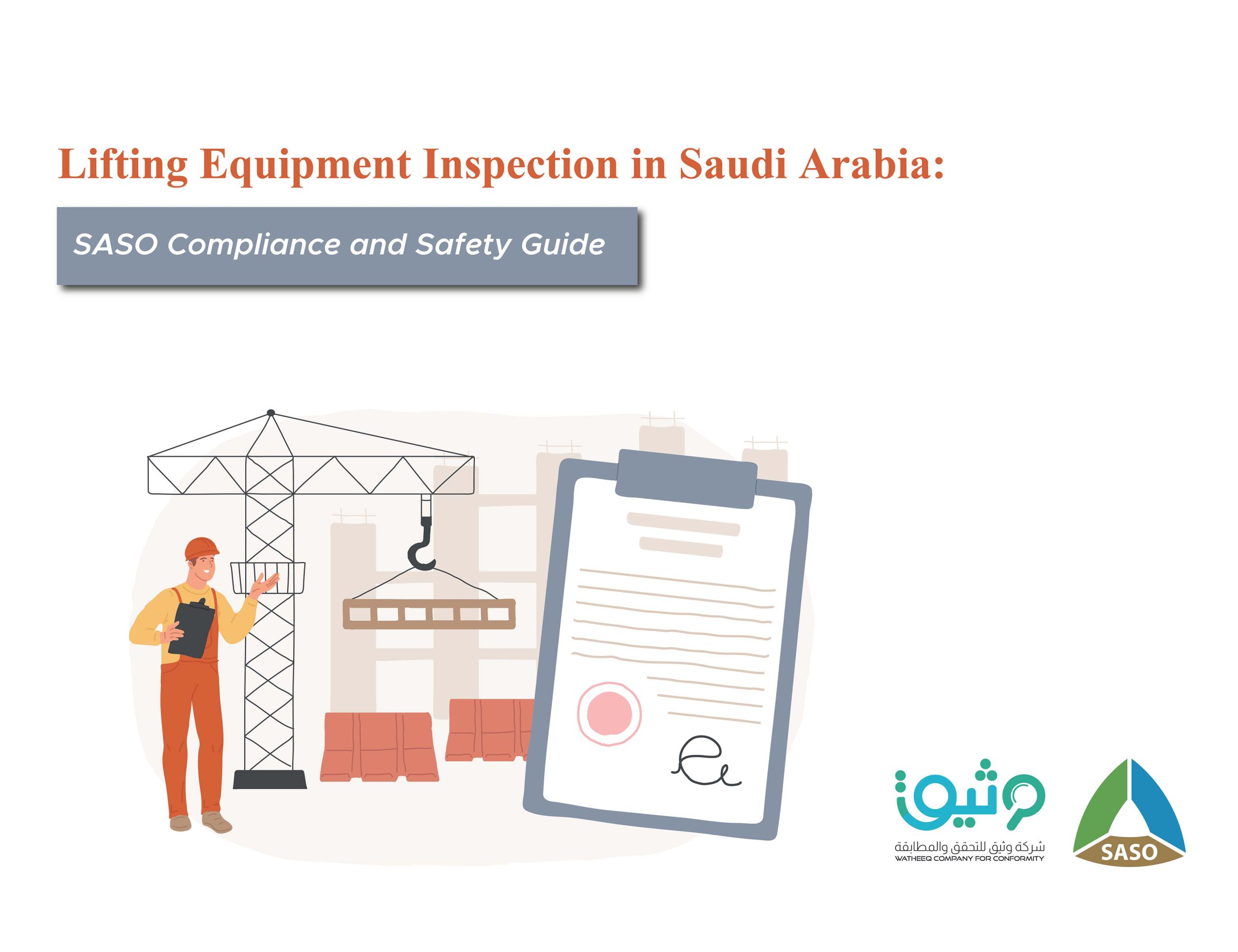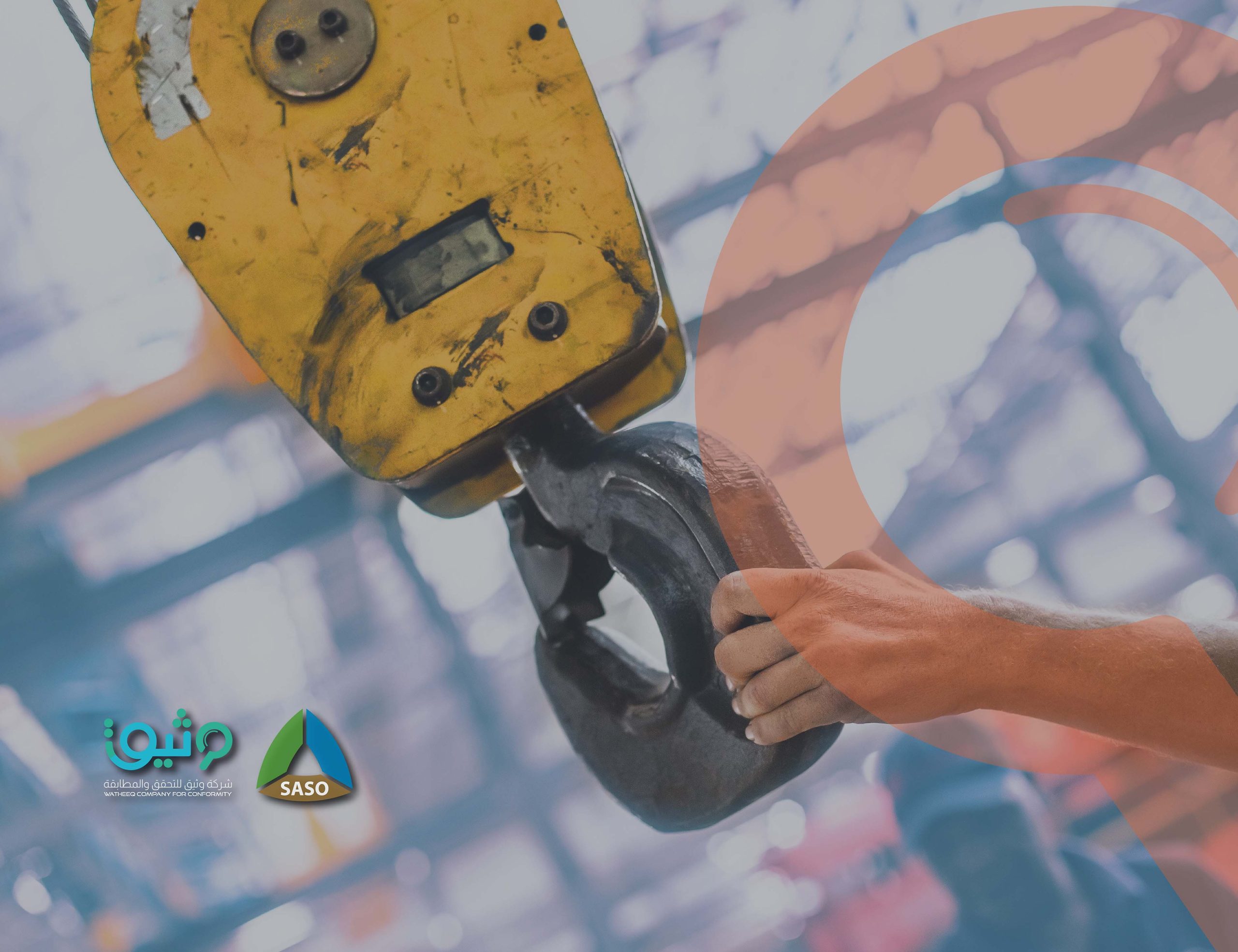Lifting Equipment Inspection in Saudi Arabia is mandatory under SASO regulations to ensure safety, compliance, and reliability of cranes, hoists, forklifts, and other machinery. Because these machines handle heavy loads and operate in high-risk environments, Saudi Arabia enforces strict inspection requirements under the Saudi Standards, Metrology and Quality Organization (SASO) to ensure the highest levels of safety and reliability.
Whether you are importing new lifting machinery or operating existing equipment, understanding SASO’s inspection rules is critical for legal operation and workplace safety.








